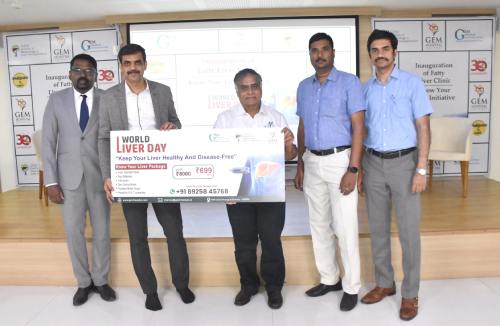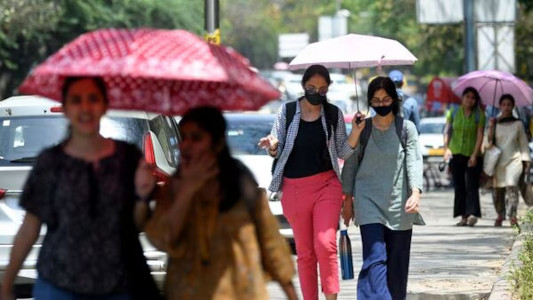No. of views : (2380)
Sample pooling to be done by GCC to avoid sudden spurt in Coronavirus cases
Posted on: 23/Jul/2020 9:45:08 AM

In the future, in the areas belonging to Chennai that have less number of Coronavirus cases, pooled sample testing would be done with the aim of preventing any sudden spurt in the cases.
It was later confirmed by a Chennai Corporation official that ICMR has given instructions to the states to conduct pooled sample testing. Various districts belonging to Tamil Nadu would conduct these tests. Information is those areas with positive cases less than 5% of the population would be identified by GCC. Several sections of the society would be pooled together in 25 groups and each group would have 5 persons.
After pooling, one from each of 5 groups would be tested. It was revealed that if any group tests positive then more tests would be done among the particular section. By this, there would be a possibility of avoiding unnecessary tests and cost/manpower would be lowered.
Once when the cases reduce, pooled sample testing would be carried out in Chennai. He mentioned how everyday more than 10,000 samples get tested in Chennai city and how just around 1000 tests positive for Covid-19 infection.
Important piece of information is that in another 15days the number of tests conducted in Chennai would cross 6lakhs. This was as per Mr. G. Prakash, Chennai Corporation commissioner.
Now, 7000 tests per million populations are being carried out in Chennai. Authorities belonging to 21 districts in TN namely Erode, Salem, Kanyakumari, Krishnagiri, and Coimbatore, where the number of cases are less than 5percent of the population, have been instructed by the Directorate of Public Health for conducting pooled sample testing.
The order mentioned that by sample pooling early detection of Covid-19 infection cases could be possible plus turnaround time,TAT of the samples tested could get improved. Dr. Prabhdeep Kaur, deputy director, NIE pointed out that pooled testing would enable surveillance and early detections in areas where transmission is low







